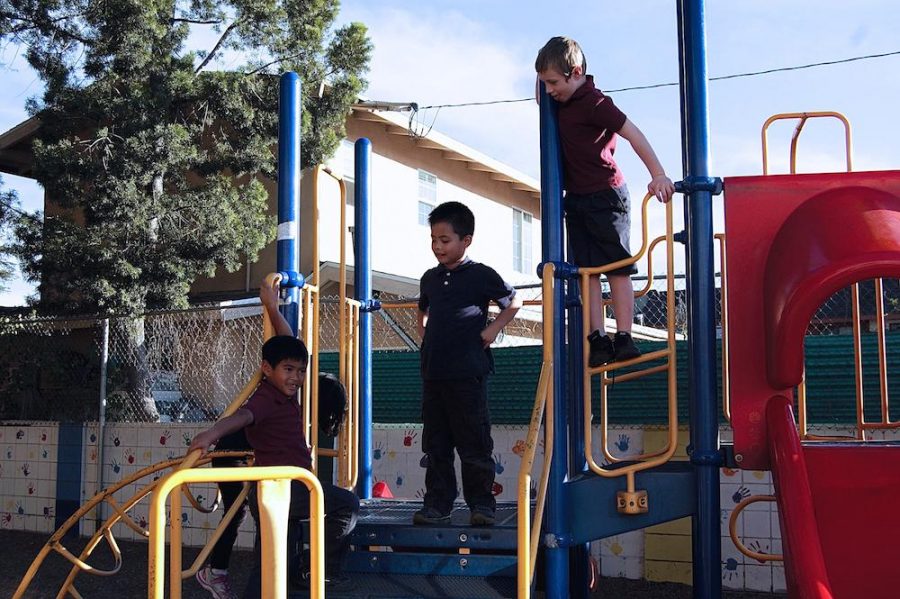(October 27, 2011) — For many years, India has been known as the home of low-cost, low-quality products. With everything from imitation designer clothing to low cost cars, it comes as no surprise that recently they came out with an extremely cheap tablet marketed towards students. What is surprising is just how cheap they made it. The Aaakash tablet, coming out this month in India, is planned to be sold for just $35 to Indian students, making it more than ten times cheaper than the cheapest iPad. The Aaakash tablet, though containing considerably worse hardware than more expensive, American tablets, is important because it will allow hundreds of thousands of students to use tablets in their education. Although this is the first time a tablet has been created costing this little, it is part of a trend in companies creating tablets and small laptops for educational use. The most famous example of this is the One Laptop Per Child organization which intended to give cheap, mass-produced laptops to students in poor countries. Some say that the growing trend of using technology in the classroom can be harmful to the way people learn. “I think [technology] is usually just a distraction,” said junior Jason Pollock. Others, however, believe that the use of the new technology speeds up an otherwise long learning curve. “I think its a good thing,” said sophomore Saikiran Ramanan. “It helps some students learn in a more efficient way.” Though companies in the United States have not been as aggressive in marketing to students, several schools have already begun using laptops and tablets as a primary part of teaching. For example, Long Island University offered every incoming student a free tablet in 2010 year. This means that though the technology revolution isn’t hitting American schools as cheaply as in India, it is still happening. Like the Aaakash tablet, many schools are implementing technology to supplement education. According to teacher Fred Blattner, technology, such as the Smart Board in his classroom, lets him do things he wouldn’t be able to do otherwise. “It gives me a lot more resources that I can make available to the student,” said Blattner. The Aaakash tablet, however, does provide something which is as of yet, unrivaled in the United States: a way to get hundreds of thousands of students using technology on an every day basis. This means that although students can’t get as high of quality technology, they can get it first.
Categories:
India releases $35 tablet
October 27, 2011
More to Discover








